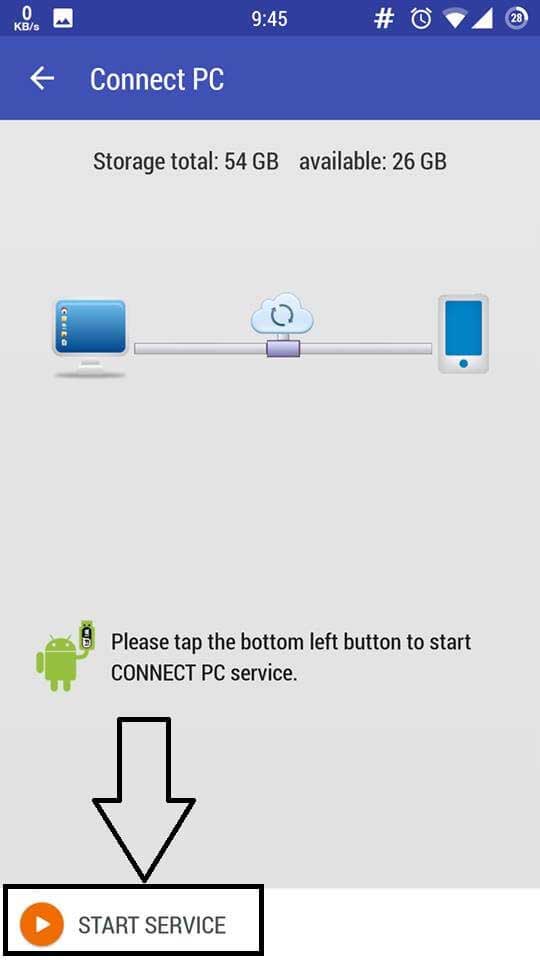
- ANDROID USB FILE TRANSFER HOW TO
- ANDROID USB FILE TRANSFER FOR MAC
- ANDROID USB FILE TRANSFER INSTALL
- ANDROID USB FILE TRANSFER DRIVERS
- ANDROID USB FILE TRANSFER UPDATE
ANDROID USB FILE TRANSFER DRIVERS
Once you plug in your Android phone, the necessary drivers will be installed. You can do this using the computer task manager.
ANDROID USB FILE TRANSFER INSTALL
When your computer operating system fails to install the necessary drivers, you should kill all the current computer processes. Windows or Mac fails to install the required drivers making it impossible to access your phone storage. Once you plug in you device after debugging, the connection is very likely to work.ĥ. In your Android phone, go to setting, developer option, and then check USB debugging. If nothing happens after connecting the Android phone to your computer, use the debugging mode. Nothing happens after plugging in your Android phone. Hanging is likely to occur due to poor compatibility.Ĥ.
ANDROID USB FILE TRANSFER UPDATE
To eliminate the problem of hanging of the two devices or either of them, you should update the devices accordingly. The computer or the Android phone hangs after you plug in. You may thus consider updating your computer OS.ģ. Outdated versions of computer operating systems may not recognize Android OS. You can also update your phone since the problem may be as a result of a bug in the current software. When the computer can recognize your Android phone but you cannot access the phone memory, you can either restart your phone or the computer or both. The computer can recognize your Android device, but you cannot access the phone memory from the computer. You should also ensure that your USB has no faults since the connection will not be complete with a faulty USB.Ģ. This will reduce any possibility of the phone or computer being overloaded. If the computer does not recognize your Android phone, you should restart both the computer and your Android phone. Failure of the computer to recognize the plugged Android phone. The following is a list of 5 Android USB file transfer common issues:ġ. At the same time, you will not be able to manage you phone through the computer. You can notice the connection problem when you cannot transfer files between the computer and your phone. Once this happens, you need to troubleshoot on the file transfer process. While the use of USB to transfer file from your Android phone to a computer is as simple as describe above, unfortunate circumstances may cause USB connection problems. Part 2: Troubleshooting on Android USB File Transfer Congratulations! You have managed to transfer data from your Android phone to a computer using the Android USB file transfer process.

Step 5: Once your phone is connected to the computer, open its storage folder to browse the files you want to transfer.Once you locate the data on your Android phone from your computer, you can either copy or cut depending on whether you wish to have a backup or not.Select a preferred location on your computer storage.On your preferred storage location, paste the copied or cut data. You can also browse files in your phone from the computer by clicking on the phone storage. It can also show the phone model and its storage features. Step 4: At this point, your computer will detect you Android phone. On the new screen, tap on “Connect Storage to PC.” Click ok to authorize the USB connection. This new screen has an Android-USB icon that provides information related to the data transfer. Step 3: After tapping on the “USB connected,” a new screen will emerge. Once you drag it down, tap on “USB connected.” This will give you an option of drawing files to your computer or from your computer. Step 2: You then need to place one finger on the notification bar and drag it down. After the connection, you should be able to see the USB icon on the phone screen, specifically at the notification bar. It’s been well overdue for a full overhaul for years, but as it stands, there are legacy bugs that keep popping back up.Step 1: First, you need to connect your Android phone with the computer. Those six steps listed above make Android File Transfer sound nice and easy to use, but anyone who has attempted this ostensibly simple process will know that it usually takes several attempts and many error messages to get the app to recognize your phone.

Note that you’ll need to be running macOS 10.7 or higher to use the app.
ANDROID USB FILE TRANSFER FOR MAC
ANDROID USB FILE TRANSFER HOW TO
Want to stick with the official method? That’s not a problem! Here’s how to download and use Android File Transfer:


 0 kommentar(er)
0 kommentar(er)
